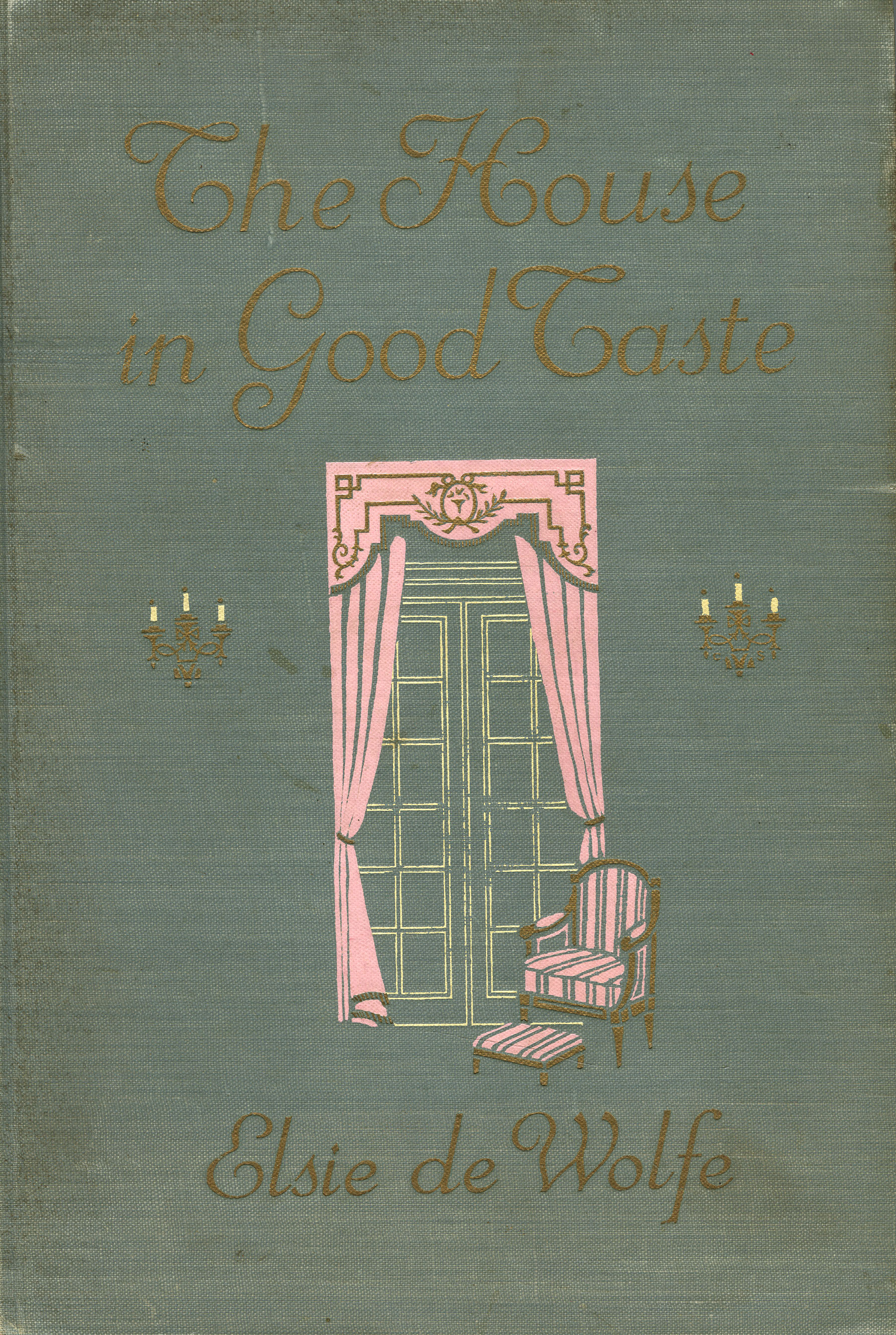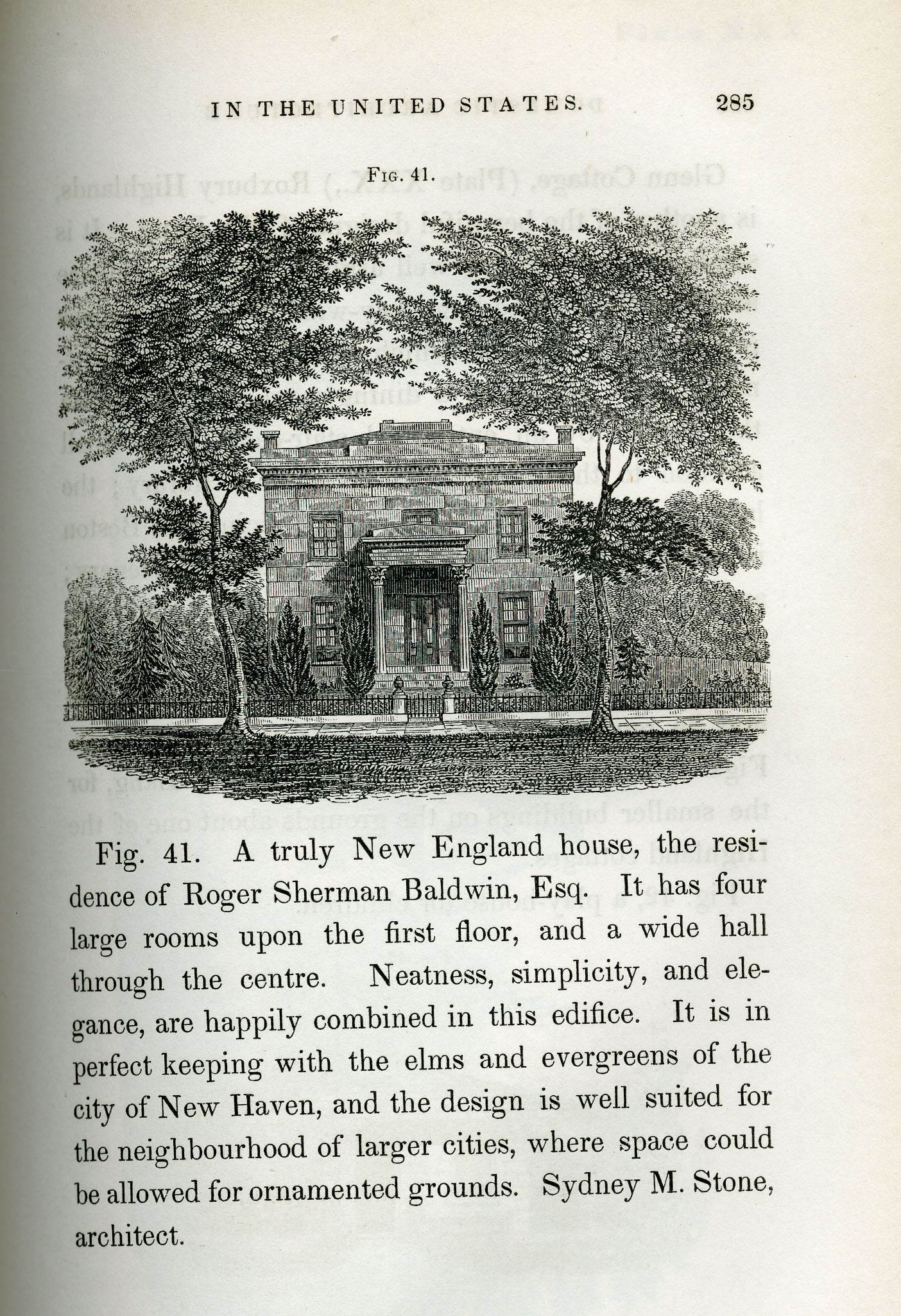The world of architecture lost a passionate and opinionated voice when Ada Louise Huxtable, architecture critic for The New York Times (1963-1982) and The Wall Street Journal (1997-), died earlier this month at the age of 91. How opinionated was she? Check out this New Yorker cartoon by Alan Dunn that appeared in 1968. And although the Pulitzer Prize-winner was the first full-time architecture critic at an American newspaper when she started at The New York Times in 1963, she was actually following a tradition of women who wrote about extant architecture.

In the mid-to-late 19th century architecture was a relatively new profession engaged in a public campaign to separate itself from common builders. Authors such as Louisa C. Tuthill, Mariana Van Rensselaer, Mary H. Northend, Edith Wharton, and Elsie de Wolfe served as intermediaries between the lay audience (i.e. potential client base) and architects. Though not trained in architecture per se, these women were often from privileged backgrounds that afforded them the highest levels of private education, an early knowledge of art and culture, and the ability to travel often abroad. They published primarily in general periodicals aimed at the emerging middle class: Century, House and Garden, and American Homes and Gardens, although some such as Van Rensselaer did contribute to the trade publication American Architect and Building News (AABN).
Embracing the 19th-century notion of the cult of domesticity, they served as style dictators endorsing particular aesthetics and architects, and instructing the new glut of middle class homeowners on how to create a domestic sanctuary. Subjects such as the history of architecture and general principles of architecture were also perennial topics during this period.

Their writings did not go unnoticed by the professional architecture establishment. Van Rensselaer was praised by the profession and even had her essay Client and Architecture recommended for reprint and distribution at an American Institute of Architects (AIA) meeting (1890). She was made an honorary member of the AIA that same year. The tables could quickly turn, however, as they did in 1892 when the AABN panned Van Rensselaers book English Cathedrals saying that it smacks of the magazine and so, almost of the literary hack.
The entry of women into an architecture practice that did not center around the domestic sphere would be a gradual one that would eventually make way for renowned critics such as Huxtable and Pritzker-winning starchitects.
Want to know more about women in architecture? Special Collections is home to the International Archive of Women in Architecture. Visit the IAWA page or come see us in person!
**The historical research for this post was culled from Lisa Koenigsberg’s book “Professionalizing domesticity: a tradition of American women writers on architecture, 1848-1913.” and her essay ‘Mariana Van Rensselaer: An architecture critic in context’ published in “Architecture a place for women.” **
Reblogged this on libraryglazed and commented:
dreamy